1. Context and Why STEM Education Matters
“STEM” refers to Science, Technology, Engineering and Mathematics. In the UK (as elsewhere) there is a strong policy and economic case for strengthening STEM education and participation.
Why STEM is important
- STEM disciplines underpin much of the UK’s research, innovation and high-tech industry: for example in digital technologies, engineering, biomedical science, artificial intelligence. The UK government frames this as vital for economic growth, productivity and global competitiveness. (GOV.UK)
- The UK government has identified skills shortages in key STEM/technical fields (e.g., engineering, computing, physical sciences), and fewer young people entering or staying in STEM paths than ideal. (GOV.UK)
- Engaging more young people — including from under-represented groups — in STEM education is positioned as part of social mobility and widening participation goals: the idea is that STEM gives access to future-oriented careers. (London City Hall)
- Beyond the economy, STEM topics are important for addressing big global challenges (climate change, health, sustainable energy). For example, the government announced funding to “transform healthcare, improve … mental health diagnosis and build more sustainable transport” via STEM-oriented PhDs. (GOV.UK)
The educational and societal context
- Schools and colleges in the UK are under pressure to raise attainment in maths, science and computing, and to increase the number of students choosing STEM subjects at GCSE, A-level (in England) and equivalent qualifications in other parts of the UK.
- There is a recognized “pipeline” issue: STEM interest and attainment in early years and secondary schooling affect whether young people go on to STEM-related higher education or careers.
- Teacher supply and subject specialist teaching (especially in physics, computing) is a concern. (For example: news recently that many state schools in England lack a specialist physics teacher. (The Guardian) )
- There is increasing emphasis on “inspiration” and “engagement” (for example through enrichment programmes, industry-school links, hands-on experiences) so that STEM is not only taught but young people want to pursue it.

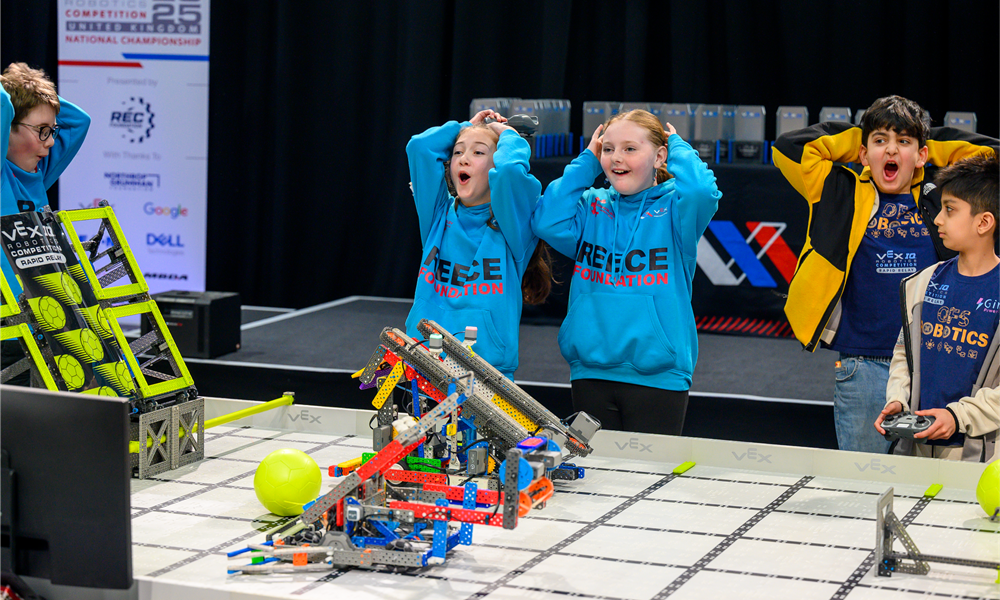
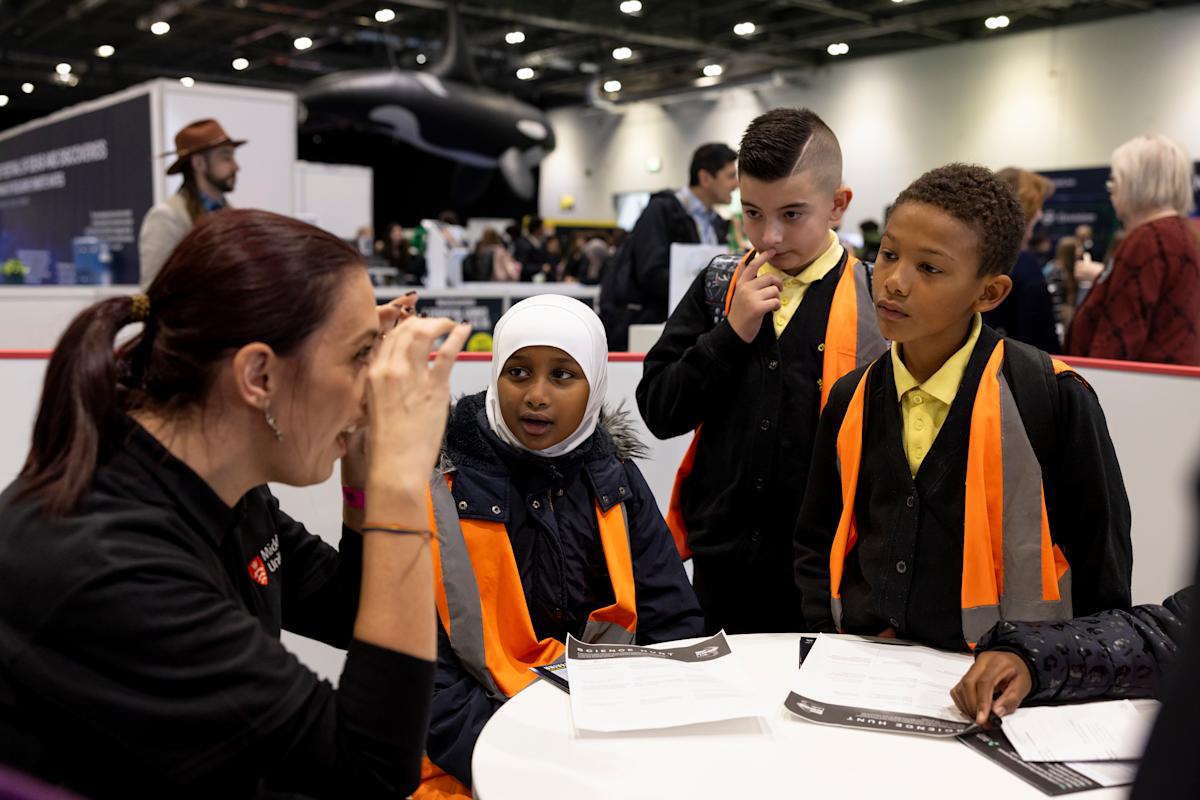
2. Key Initiatives & Programmes in the UK
Here are several notable programmes, policies and partnerships that aim to boost STEM education and inspire young people.
Government policy and funding
- In February 2024, the update to the UK Science and Technology Framework set out that a new “Advanced British Standard” qualification (for 16-18 year-olds) is being developed, which will combine A-Levels and T-Levels and include continued core maths education up to age 18. (GOV.UK)
- Also under that framework: an initial £600 million over two years to improve recruitment & retention of teachers in key STEM/technical shortage subjects, to support students who fail GCSE maths/English at 16, and improve maths teaching quality. (GOV.UK)
- A major funding announcement (Nov 2024) from UK Research and Innovation (UKRI) of over £500 million will support more than 4,700 new postgraduate places (articulate as doctoral and masters studentships) across biology, engineering, physical & environmental sciences. The goal: to build the next generation of skilled researchers/innovators. (GOV.UK)
- Separately, the government also announced earlier that £179 million would go to doctoral training partnerships (PhDs) and £8.9 million to science education programmes (GCSE/A-level) to increase the take-up of STEM subjects. (GOV.UK)
School-level and outreach programmes
- The STEM Learning charity (UK) teamed with DeepMind (an AI company) to deliver “ENTHUSE Partnerships” across the UK: groups of schools/colleges work together over a two-year programme of enrichment, teacher placements, STEM ambassadors etc, with particular focus on state schools and under-represented groups. (stem.org.uk)
- The Hg Foundation’s “STEM Horizons” programme (launched 2025) brings together independent and state schools: targeting 12-16year-olds in state schools from low-income backgrounds, aiming to improve attainment in Computer Science (GCSE) through weekly hybrid lessons, peer mentoring, enrichment activities, etc. (thehgfoundation.com)
- The UK Space Agency’s “Space for All” fund: awarded funding to 15 projects (England, Wales, Scotland, Northern Ireland) to engage young people from all backgrounds into STEM via space-education and skills. (GOV.UK)
- At the London regional level: The London Scientist programme (initiated by the Greater London Authority in partnership with the British Science Association) funded schools (in regions under-represented in STEM) to complete CREST awards and engage with STEM projects. Over 10,000 young Londoners have been reached. (London City Hall)
- Also: On the primary/early years front: The British Science Week campaign (in partnership with UKRI) produces activity packs (ages 5-14+) and includes role-model stories and inclusive materials aiming to foster curiosity in science. (edexec.co.uk)
Industry, university and school linkages
- Many initiatives emphasise partnership between industry, universities and schools. For example, the doctoral training schemes involve non-academic partners (industry) so that research and innovation are aligned with real-world challenges and career pathways. (UK Research and Innovation)
- Teacher professional development (CPD) is recognised: for example, STEM Learning’s partnerships with DeepMind include teacher placements, enrichment for teachers, to improve teaching quality — research shows high-quality teaching has a greater impact than other factors on engagement and attainment in STEM. (stem.org.uk)
Summary of how these initiatives aim to “inspire the next generation”
- Starting early (primary and secondary school) to build interest, confidence and exposure to STEM subjects.
- Ensuring more effective and specialist teaching in STEM, to improve outcomes and keep students motivated.
- Providing enrichment, role models, industry exposure, hands-on, real-world problem-solving, to make STEM relevant and exciting.
- Improving transition pathways: so that students who like mathematics/science can move into A-levels (or equivalent), university STEM degrees, postgraduate training, and eventually STEM careers or research.
- Addressing equality and inclusion: targeting under-represented groups (girls, socio-economically disadvantaged backgrounds, ethnic minorities) and under-served regions.
- Developing skills relevant for future technologies (AI, computing, data, engineering, environmental sciences) so the workforce is ready for tomorrow’s challenges.

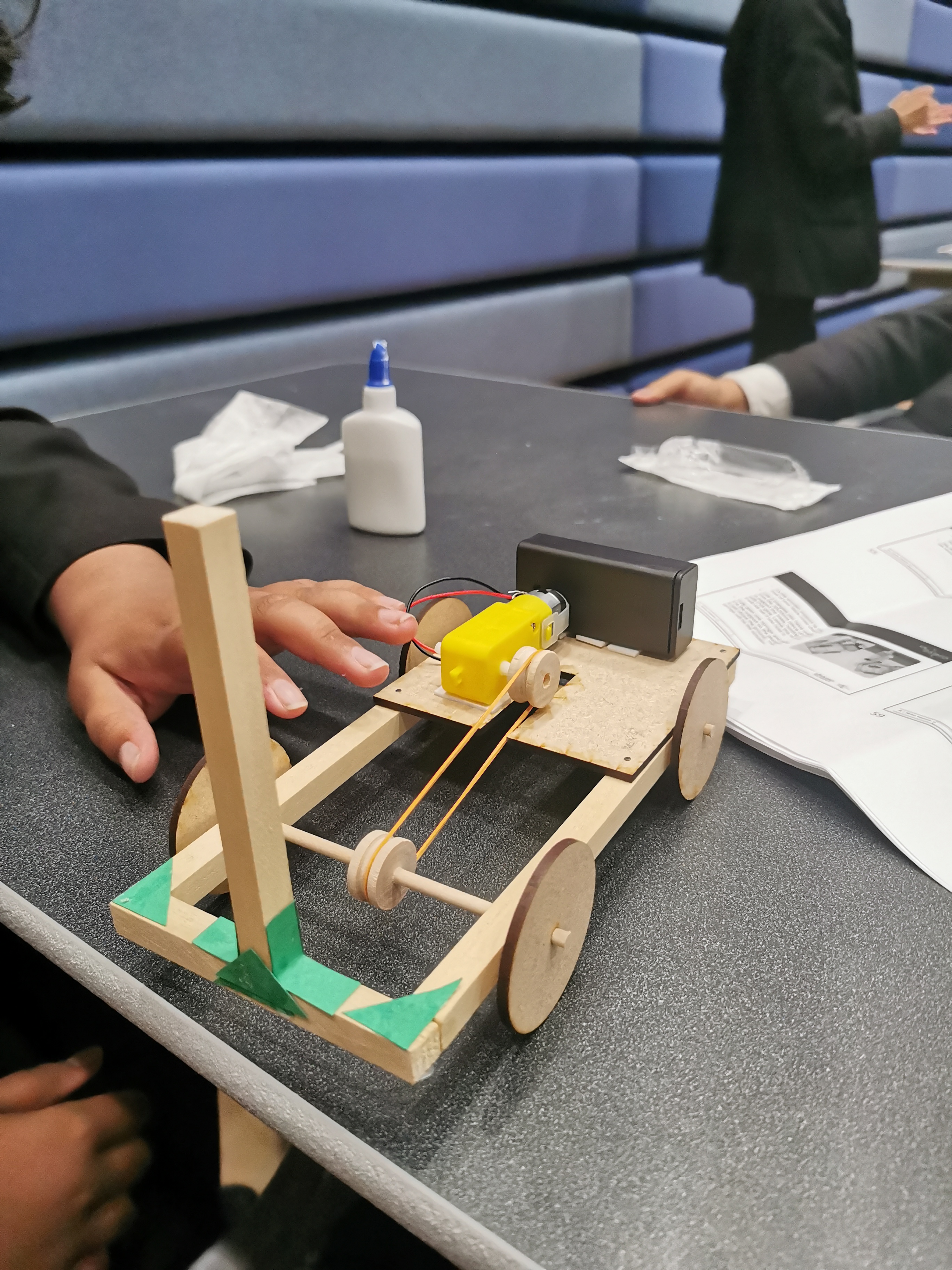

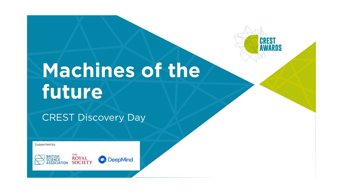
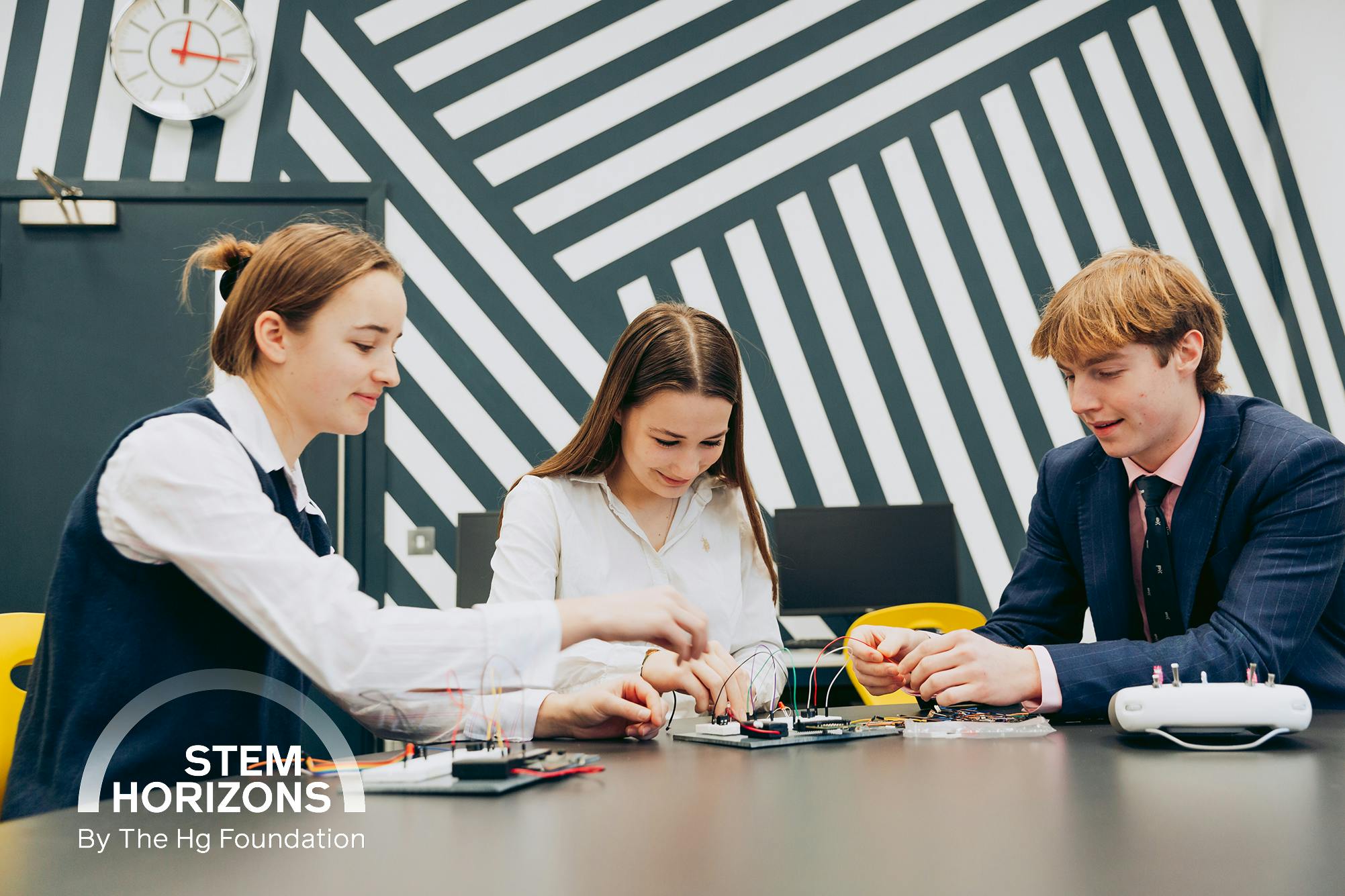

3. Key Challenges & Barriers
While a lot is being done, there remain significant hurdles and structural issues that affect how successful STEM education can be in reaching the next generation of scientists and innovators.
Supply of specialist teachers & subject expertise
- A key problem is the shortage of subject-specialist teachers in STEM fields, especially physics, computing, and in some cases maths. For example, recent analysis found that a quarter of state secondary schools in England lack a dedicated physics teacher — meaning many pupils have physics taught by non-specialists. (The Guardian)
- Teacher recruitment and retention remains difficult in shortage subjects. This impacts the quality of teaching and students’ confidence/interest in STEM pathways.
- Without strong specialist teaching early on, students may not build the foundation needed for higher level STEM study.
Student interest, attainment & progression
- Even where teaching is available, inspiring and maintaining student interest in STEM remains a challenge. Some students perceive STEM subjects as harder, less relevant or less accessible.
- There are uneven patterns of participation: e.g., fewer students from disadvantaged backgrounds or girls may choose STEM subjects, so there is an equity gap.
- The progression from GCSE → A-level (or equivalents) → university/postgraduate is non-trivial. Some students drop out or switch away before reaching higher STEM study.
- The educational system (including curriculum, assessment, qualifications) may not always fully support flexible or applied pathways (for example, more technical or vocational).
Curriculum, qualifications and pathways
- The UK’s qualification system is under change: for example the “Advanced British Standard” is being developed. Aligning such changes with STEM priorities, and ensuring continuity for students, is complex. (GOV.UK)
- Ensuring that the STEM curriculum is up-to-date, relevant to future technologies, and includes real-world problem solving, industry exposure, computing/data skills, is an ongoing task.
- Providing alternative routes (apart from the “traditional” academic pathway) into STEM careers (e.g., apprenticeships, T-levels, work-based learning) is still developing.
Industry-education link and employability
- While many programmes emphasise school/industry links, bridging the gap between school STEM learning and actual STEM careers remains challenging: students need awareness of careers, work placements, mentorship, and alignment of higher education and industry expectations.
- The UK (like many countries) competes globally for STEM talent. Attracting and retaining talented STEM graduates, and ensuring good career pathways and remuneration, is important.
Equity, diversity and access
- Under-represented groups (girls, socio-economically disadvantaged students, certain ethnic minorities) may have fewer opportunities, fewer role models, and less access to enriched STEM experiences.
- Regional disparities: some schools (especially in disadvantaged areas) may have fewer resources, fewer specialist teachers, less industry contact, fewer extracurricular STEM opportunities.
- The “inspiration” effect is stronger when students can see people like them in STEM, when there are hands-on experiences, and when STEM feels relevant. Programmes must continue to work on these inclusive dimensions.
Sustainability and scale of initiatives
- Many promising programmes are time-limited or pilot-based. Scaling successful initiatives across all schools is harder.
- Ensuring that investments (teacher CPD, specialist teachers, industry links, enrichment) are sustained over time, not just short bursts, is crucial.
- Budget constraints, competing priorities in schools, teacher workload issues, and changes in policy/government can all affect sustainability.
4. Pathways: From School to STEM Careers
To “inspire the next generation of scientists and innovators”, STEM education must link effectively from early schooling through to higher education and into careers. Here’s a schematic of how this pathway looks in the UK context, plus what supports exist.
Stage 1: Early schooling (primary / lower secondary)
- Focus: building curiosity, foundational skills in science and maths, exposure to computing/digital skills, hands-on and inquiry-based learning.
- Example supports: activity packs (e.g., via British Science Week) for ages 5-14 that include diverse role-models and engaging tasks. (edexec.co.uk)
- Importance: early positive experiences in science/maths increase the likelihood a student chooses STEM at later stages.
Stage 2: Secondary schooling (GCSE, ages 14-16)
- Core: GCSE science (often combined or separate sciences), GCSE maths; plus options for computing, technology, engineering design.
- Critical stages: attainment and engagement at GCSE affect whether a student takes STEM subjects (e.g., at A-level) or chooses STEM-oriented pathways.
- Support programmes: e.g., STEM Learning / DeepMind ENTHUSE partnerships targeting state schools and underrepresented groups. (stem.org.uk)
- Challenges: shortage of specialist teachers; ensuring the curriculum is relevant and motivating.
Stage 3: Post-16 (A-levels / T-levels / vocational)
- For academic pathway: A-levels in maths, further maths, physics, chemistry, computing etc.
- For technical pathway: T-levels (newer technical qualifications), apprenticeships, vocational routes.
- The forthcoming “Advanced British Standard” aims to bring together academic and technical pathways for 16-18 year-olds. (GOV.UK)
- Support: programmes that connect schools to universities/industry, mentoring, enrichment, competitions.
- Importance: This is a pivotal point—if students don’t choose STEM subjects here, the chance of entering STEM higher education/careers reduces.
Stage 4: Higher Education / Postgraduate study
- STEM degrees: physics, engineering, computer science, biology, chemistry, etc.
- Postgraduate: Masters, PhDs, especially for innovative careers and research. Example: UKRI’s £500 m new funding for 4,700+ postgraduate places. (GOV.UK)
- Support: doctoral training partnerships, industry-university collaborations, scholarships for under-represented backgrounds.
- Importance: At this stage students move into being scientists, engineers, innovators, researchers. The quality of education, the experience of industry connection and research matters.
Stage 5: Careers and Innovation
- Careers in STEM: industry (engineering firms, tech companies, healthcare tech, data science), academia (research), start-ups, innovation hubs.
- Essential elements: awareness of career pathways; work experience/placements; transferable skills (problem solving, data literacy, digital skills); mentorship; networks.
- The UK government frames part of STEM education as ensuring the UK has the talent for growth sectors (AI, robotics, sustainable engineering etc.) (GOV.UK)
- For innovation: beyond careers, students who follow STEM training may become the “next generation of scientists and innovators” building new technologies, companies and solutions.

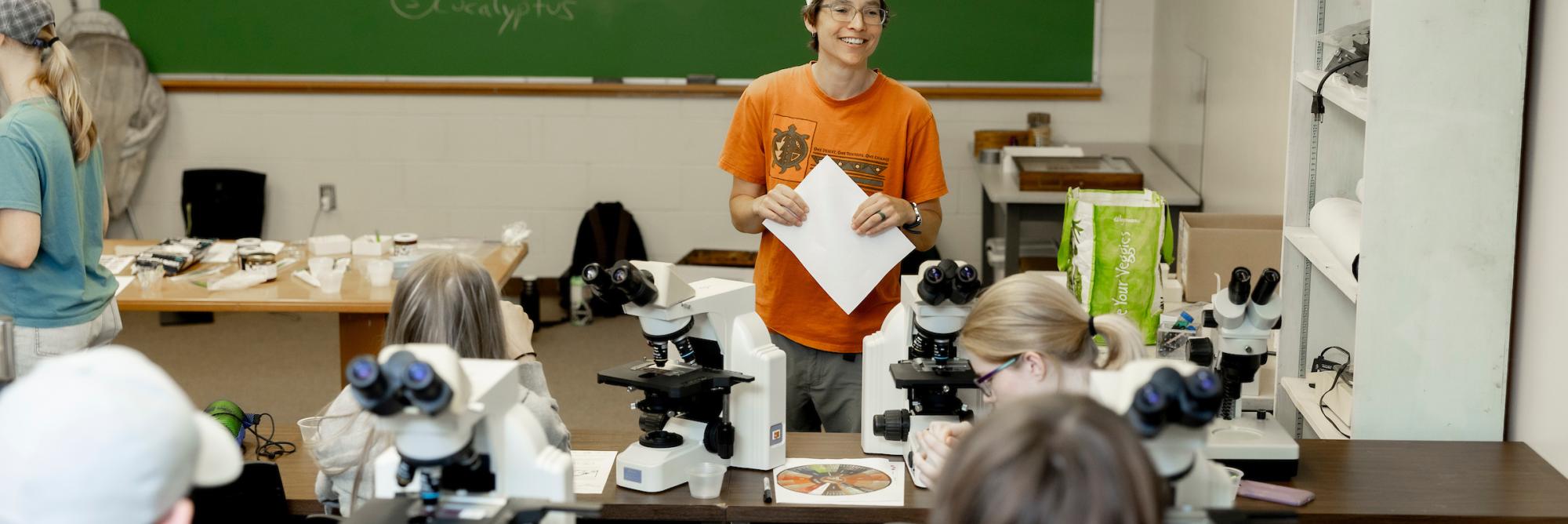



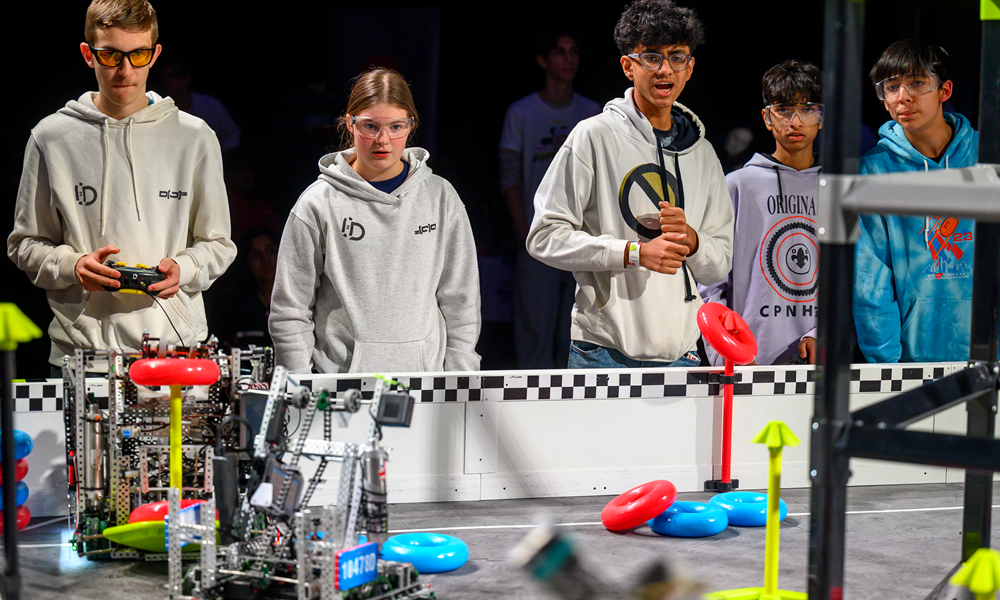
5. Inspiring the Next Generation: What Works & What to Emphasise
Given the evidence and what is being done, here are some areas that are particularly important in inspiring future scientists and innovators.
Strong teaching, subject-specialist educators
- High quality teaching in STEM subjects has been shown to have greater impact on student engagement and progression than many other factors. (stem.org.uk)
- Ensuring that students are taught by teachers with expertise (especially in physics, maths, computing) boosts the possibility they will go on to advanced study.
- Investment in teacher CPD, recruitment and retention is critical (as per the framework’s £600 m pledge). (GOV.UK)
Early engagement & hands-on experiences
- Hands-on, inquiry-based learning, robotics, maker activities, STEM clubs, competitions, real-world applications help to make STEM appealing.
- Outreach programmes (Space for All, STEM Horizons etc.) that bring authentic experience, role-models, industry connections help broaden the appeal. (GOV.UK)
- Ensuring that children from a young age can see STEM as relevant to their lives and futures.
Role models, diversity & inclusion
- Visible role models (especially from under‐represented groups) in STEM help students see possibility for themselves.
- Programmes targeting disadvantaged schools, girls, ethnic minorities help widen access. (E.g., the Hg Foundation’s programme target low-income backgrounds; DeepMind/STEM Learning focusing on under-represented groups.) (thehgfoundation.com)
- Ensuring regional equity (rural/urban, wealthy/less-wealthy) so that all students can access high quality STEM experiences.
Industry-education linkage and relevance
- Connecting school learners to real STEM careers, industry challenges, university research helps motivate them and build realistic pathways.
- For example, doctoral training partnerships involve industry and non-academic partners to ensure relevance. (UK Research and Innovation)
- The sense that STEM leads to exciting, future-oriented careers (AI, sustainable engineering, biotech) helps inspire students.
Curriculum & qualification design aligned with future skills
- Ensuring that the curriculum includes computing/digital skills, data literacy, problem solving, engineering design, robotics.
- The upcoming changes (Advanced British Standard) emphasise maths to age 18, and integrate academic/technical pathways. (GOV.UK)
- Allowing flexible, applied routes (vocational, apprenticeships) as legitimate STEM pathways, to capture wider talent beyond the purely academic route.
Sustaining and scaling good practice
- Many programmes/initiatives work well in pilot or specific regions; scaling across the UK and maintaining long-term funding is key.
- Embedding STEM culture in schools (not just isolated projects) helps ensure that inspiration is continuous, not one-off.
- Data collection, evaluation and continuous improvement of STEM initiatives are important (e.g., STEM Horizons includes independent evaluation). (thehgfoundation.com)
6. What More Could/Should Be Done
Here are some ideas (based on the UK context) of areas where further work could help to better inspire the next generation of scientists and innovators.
- Increase specialist teaching capacity: More subject‐specialist (especially physics, computing) teachers; incentives for teachers in shortage subjects; retention support.
- Strengthen vocational/technical STEM routes: T-levels, apprenticeships, technician routes alongside academic pathways, with clear links to industry.
- Embed computing & data skills early and strongly: As digital technologies reshape the economy, ensuring all students get strong computing, data literacy, engineering design exposure is vital.
- Enhance school-industry-university collaboration: More programmes where schools partner with universities/industry to offer mentorship, work experience, research projects or innovation challenges.
- Ensure equity of access: regionally, socio-economically, gender/ethnicity: Target support to underserved schools and communities, ensure STEM is inclusive, visible role-models, resources for disadvantaged students.
- Sustain funding and embed programmes into mainstream school practice: Move beyond isolated enrichment programmes to embedding STEM culture and opportunities across all schools.
- Promote awareness of STEM careers and innovation pathways: Many students may not know what STEM careers look like; careers guidance, ambassador programmes, real-world visits help.
- Link STEM education to broader societal challenges and innovation: Highlighting how STEM contributes to climate change solutions, health, sustainable transport etc can motivate young people by giving purpose. (The UK government emphasises this. (GOV.UK) )
7. UK Outlook: Inspiring the Next Generation of Scientists & Innovators
Putting it all together: In the UK, the goal is not just to increase STEM participation, but to inspire the next generation so that they become scientists, engineers, innovators. This means more than qualification take-up—it means innovation mindsets.
Highlights:
- The UK has strong initiatives, substantial funding, and a clear strategic ambition around STEM and innovation.
- There is increasing focus on postgraduate research and innovation (e.g., £500 m for 4,700+ postgraduate places).
- Outreach and enrichment programmes are increasingly reaching students from diverse backgrounds and are built in a more sustained way (e.g., multi-year partnerships, teacher CPD, industry links).
- The economic and societal case is urgent: as technologies accelerate and global competition increases, the UK needs a strong STEM-capable workforce to maintain its innovation edge.
However:
- The systemic challenges remain significant (teacher supply, regional inequities, curriculum alignment, scale of programmes).
- The transition from “inspiration” to “sustained engagement” to “scientist/innovator” is complex and needs consistent support across years.
- Ensuring that “STEM education” equates to meaningful access to STEM careers and innovation opportunities—not just subject take-up but real pathways.
If these elements are pulled together well, the UK can strengthen its capacity to produce scientists and innovators who will lead in areas such as artificial intelligence, clean energy, biotech, engineering, digital technology—and thereby secure both economic benefits and societal impact.
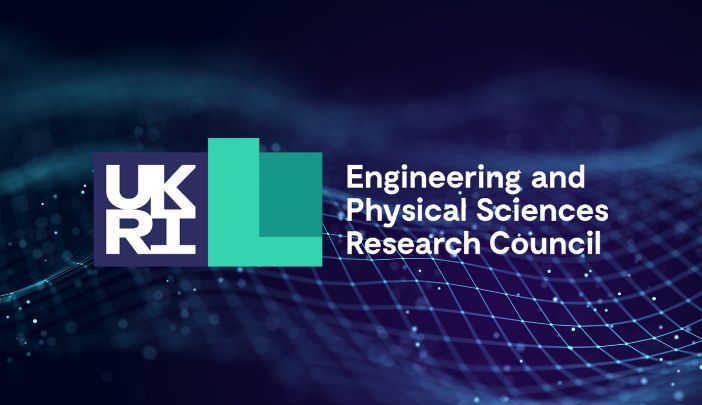


Here are five strong case studies of STEM education initiatives in the UK (or UK-based) that illustrate how programmes are inspiring the next generation of scientists, technologists, engineers and innovators. After the cases I’ll add some key comments / reflections on what these teach us in terms of “what works” (and what to watch out for). If you like, I can pull together 10 more with full details.
Case Studies
1. The Maynard School – “Girls into STEM” outreach day
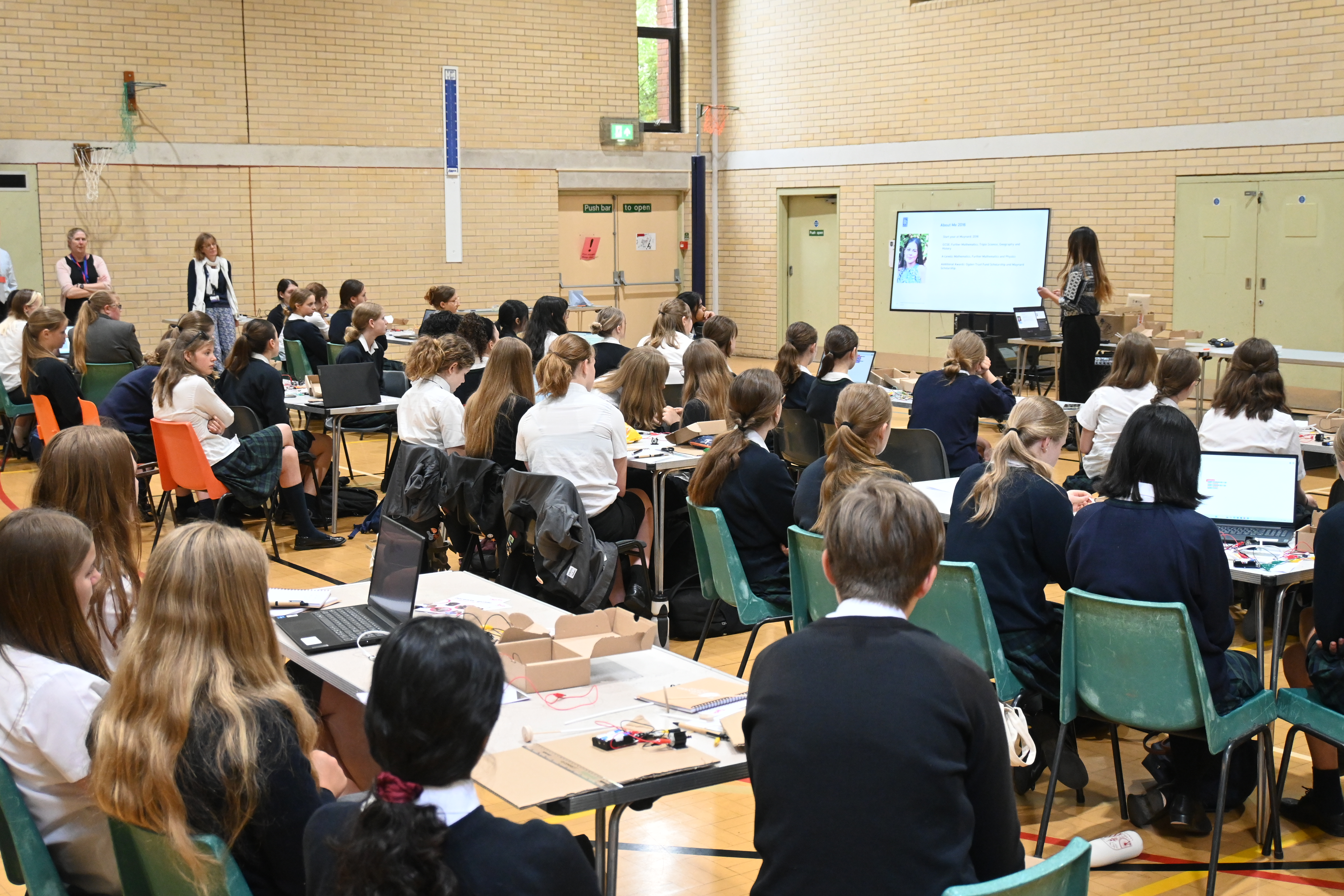

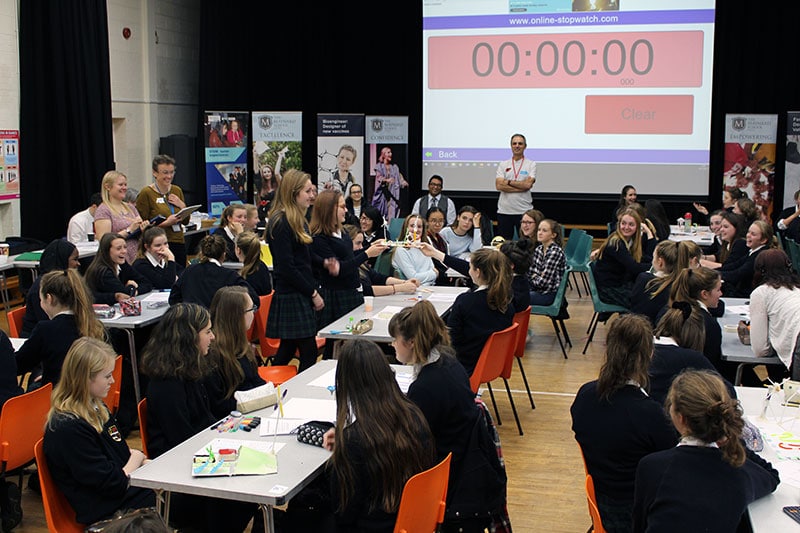
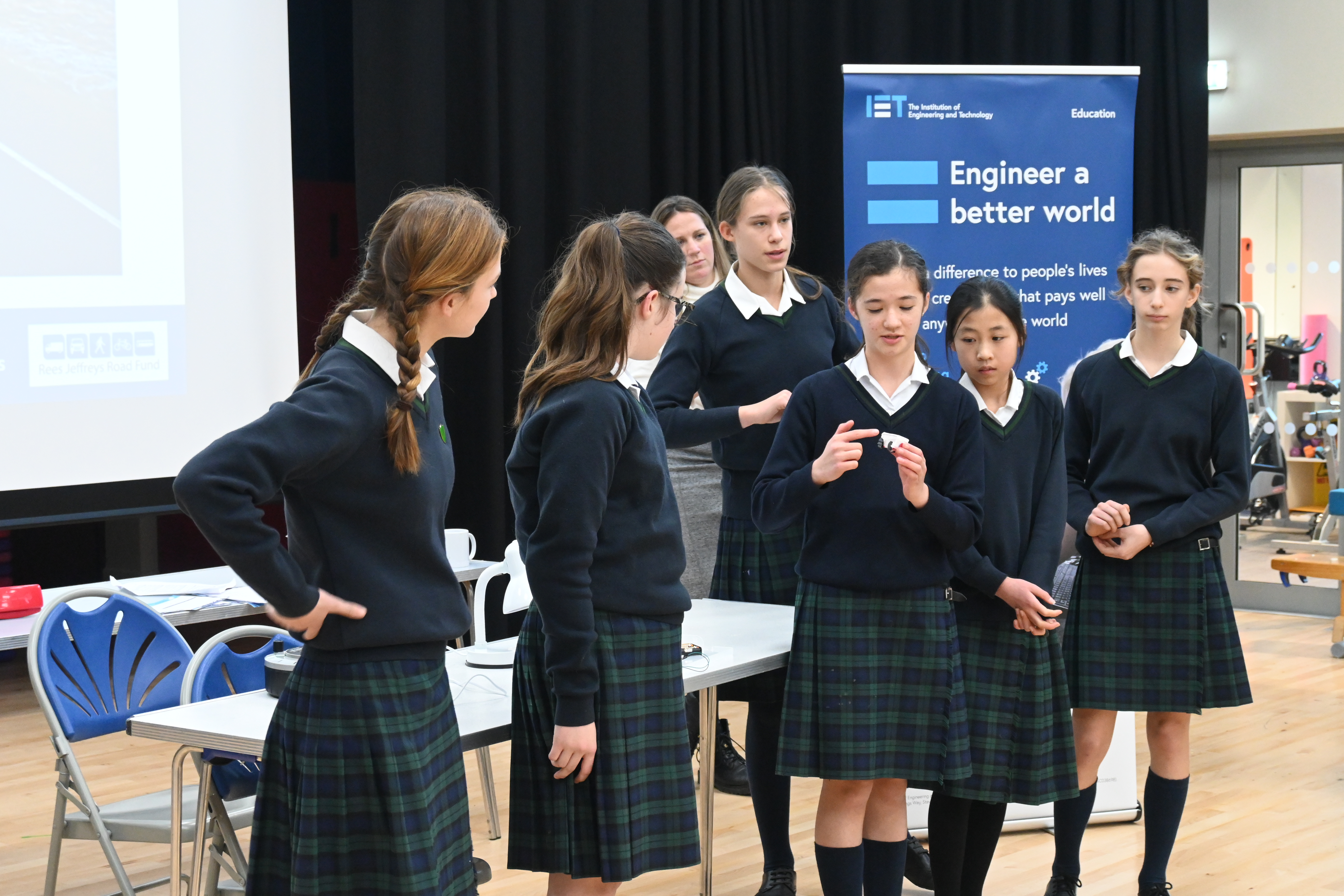
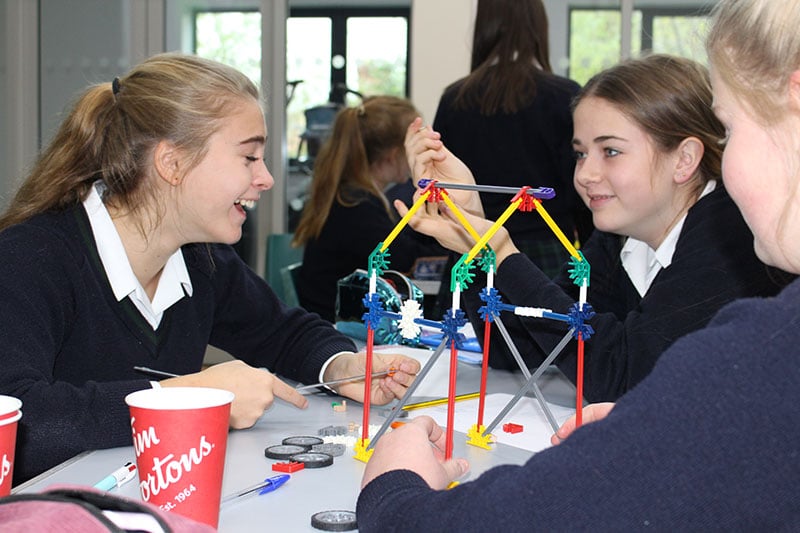

What happened: The school organised a one-day event (called ‘Girls into STEM’) involving ~90 girls (including ~40 from local state schools). They participated in engineering challenges, mathematical problems and were joined by expert engineers and scientists who gave career-talks. (Independent Schools Council)
Aims: To provide a resource to local state schools, promote STEM subjects for girls (especially) and show them exciting STEM career possibilities. (Independent Schools Council)
Impact / insight: According to the case study, feedback was gathered from the schools and the organisers hoped to see more girls going on to study STEM subjects. While the write-up doesn’t provide long-term outcome data, it highlights a clear “inspiration” and exposure effect for girls.
Why this matters: Girls are often under-represented in STEM careers; providing targeted outreach with role‐models and challenges helps raise aspiration.
2. St Mary’s Junior School & Fulbourn Primary School – Junior school STEM outreach with the Royal Academy of Engineering
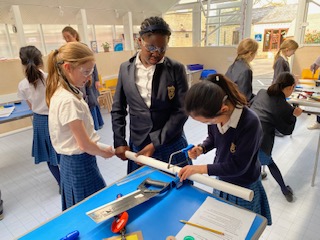



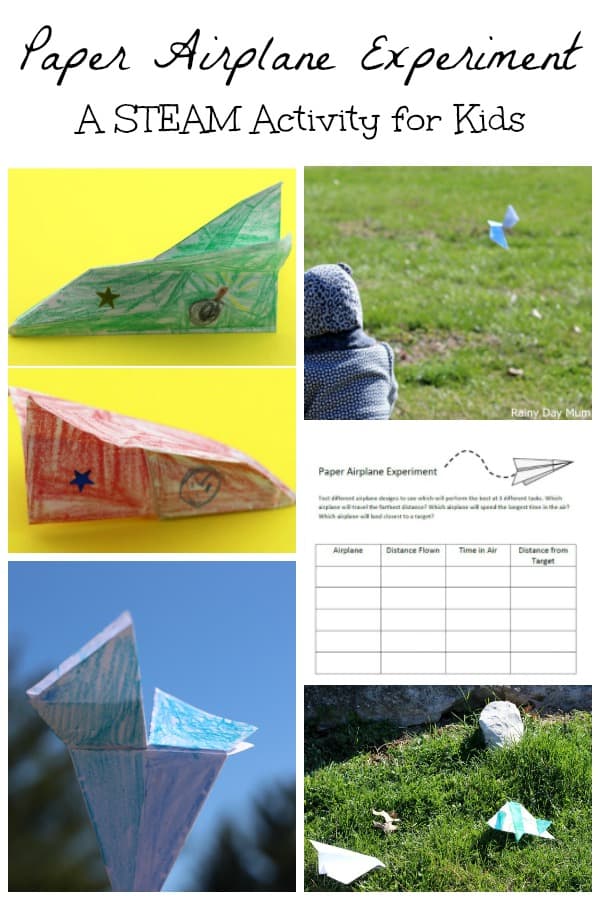
What happened: St Mary’s Junior School invited all Year 5 girls from Fulbourn Primary School to collaborate on a STEM project (manufacturing paper aeroplanes) co-organised by the Royal Academy of Engineering’s outreach officer at the University of Cambridge. (Independent Schools Council)
Aims: To encourage girls in STEM and aid the partner primary school (Fulbourn) in implementing some STEM lessons. (Independent Schools Council)
Impact / insight: The collaboration gave a non-specialist partner school exposure and support; hands-on manufacturing task engages children in engineering thinking early.
Why this matters: Early intervention (Year 5) is important for building interest before subject choices; collaboration between schools and engineering bodies strengthens capacity.
3. Imperial College London – “STEM Potential” partnership programme




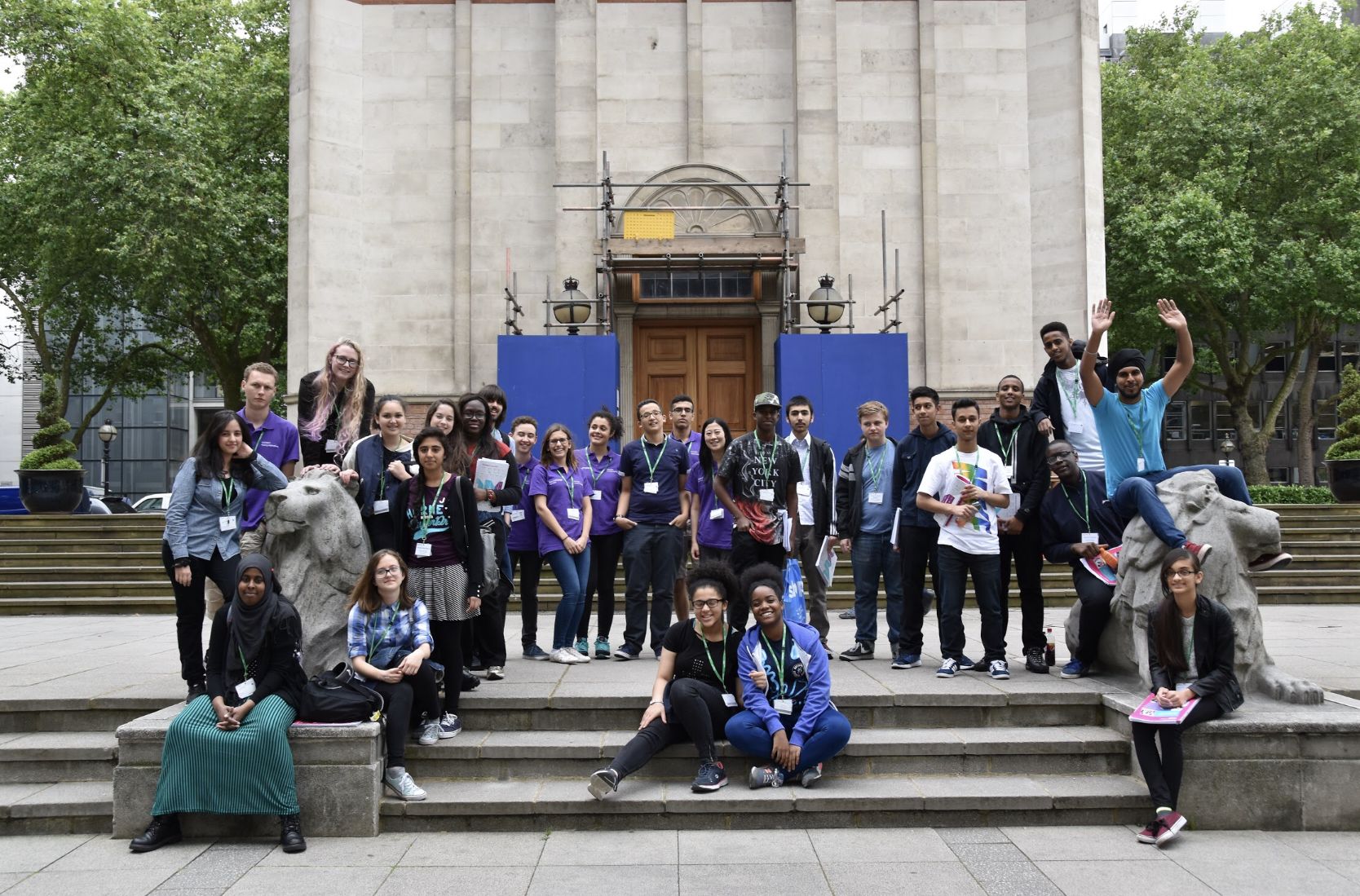
What happened: A second year of a partnership between Imperial College London and state schools in Shropshire (initially Marches Academy Trust) to raise performance & long-term aspiration in sciences and maths among talented Year 10 students; the programme runs from Year 10 possibly to Year 13. (Independent Schools Council)
Aims: To enthuse students about what a scientific education could lead to, provide practical work (GCSE level) including home experiments (e.g., gravity calculation, extracting DNA). (Independent Schools Council)
Impact / insight: The scheme shows that sustained multi-year partnership (rather than one-off event) helps build aspiration and skills.
Why this matters: Talent identification + long-term support + academia-school link = a strong model for boosting high-potential learners in STEM.
4. Lindley Junior School (with partner Denford Machinery / F1 in Schools initiative)
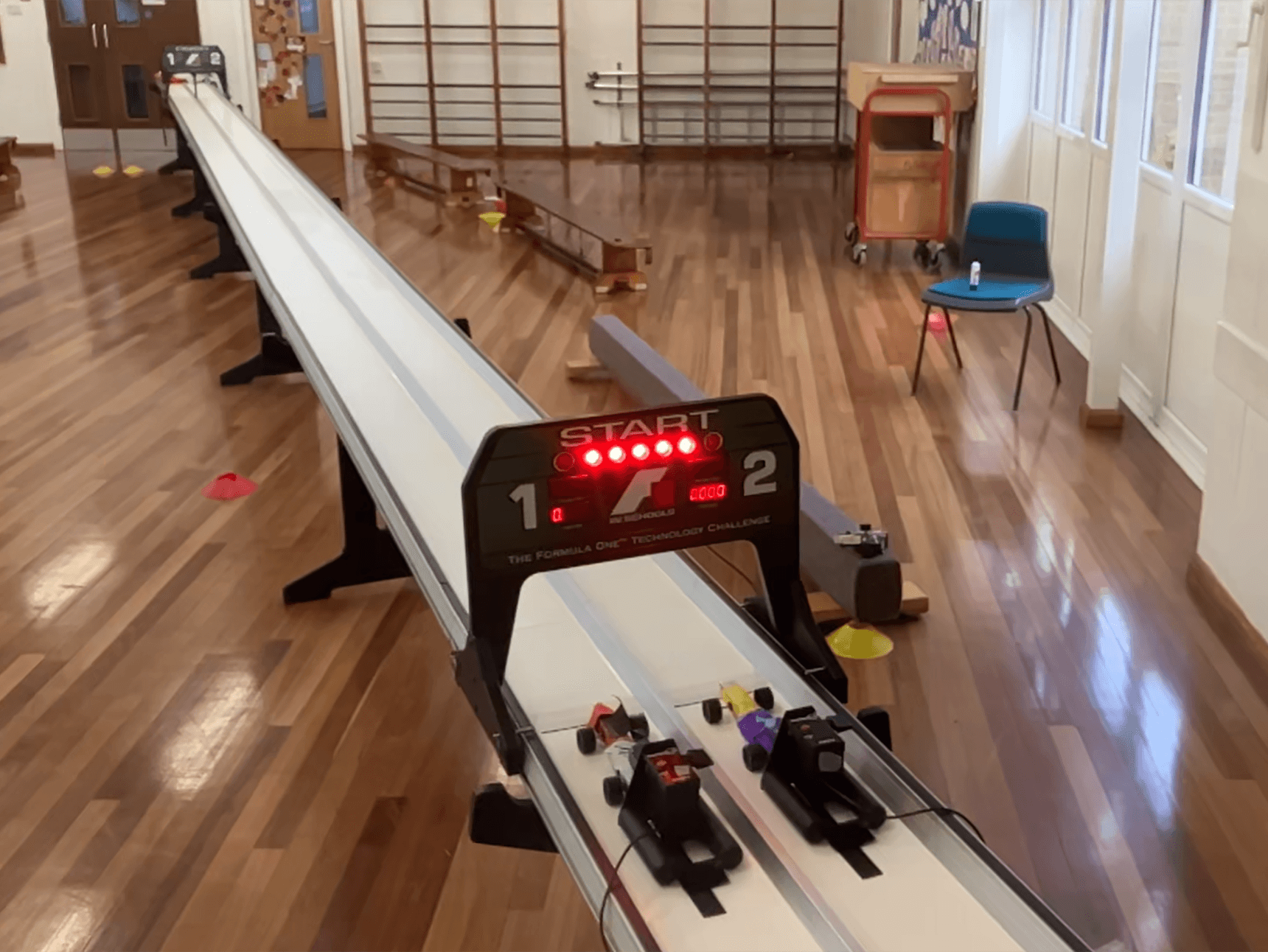



What happened: Lindley Junior School engaged in the F1 in Schools (STEM Racing) initiative, partnered with Denford Machinery; the project enabled students to design, build and test aspects of engineering/technology across years; also included international collaboration with Kliptown Youth Program (South Africa). (denford.co.uk)
Aims: To build transferable skills (teamwork, problem-solving, design) and to make STEM exciting and globally connected.
Impact / insight: The sustained theme across year groups (car design evolving each year) supports continuity and skill development; equipment enabled hands-on work; international connection added engagement and broader perspective. (denford.co.uk)
Why this matters: It shows how engineering/technology projects tied to real-world contexts (F1 Racing) can motivate students and build capabilities beyond standard curriculum.
5. Brooklands Innovation Academy – National Science Summer School event






What happened: Brooklands Innovation Academy brought together more than 400 students in an event held at Brooklands Museum, with engineers/scientists from organisations like McLaren F1, Airbus, NHS, Haleon. The keynote included a video message from Brian Cox on cosmology etc. (Water Magazine)
Aims: To celebrate innovation, human endeavour, entrepreneurship, and highlight opportunities in sectors such as MedTech, motorsport, aerospace, robotics.
Impact / insight: Large-scale event exposing students to high‐level professionals, giving them insight into cutting-edge STEM fields, broadening aspiration.
Why this matters: Shows the power of scale and spectacle in giving students “big picture” exposure to STEM possibilities; network effect (many students together) can amplify inspiration.
Key Comments & Reflections
Here are some reflections on what works, what the challenges are, and how these case studies illustrate key themes for inspiring future scientists and innovators.
What works
- Hands‐on, real‐world tasks: When students build, design or engage in engineering challenges (e.g., paper aeroplanes, car design, robotics) they move from passive learning to active problem-solving; this increases engagement and helps them see STEM as dynamic and relevant.
- Partnerships across schools / industry / academia: Many of the case studies involve partnerships (schools with universities, engineering bodies, industry). These links enrich learning, bring in expertise, resources, and help show pathways beyond school.
- Sustained, multi-year interventions: The STEM Potential programme and Lindley Junior School project illustrate that when support continues over years, students develop skills, confidence and aspiration rather than just a brief boost.
- Targeting under-represented groups & early intervention: The “Girls into STEM” and junior school outreach show the importance of targeting groups (girls, early years) that might otherwise not see themselves in STEM.
- Making STEM exciting and accessible: By connecting STEM to things students find interesting (motorsport, aerospace, global challenges) and giving them exposure to drawn-out possibilities (careers, innovation) we help shift mindset from “just another subject” to “a path of possibility”.
Challenges / Things to watch
- Sustainability & scale: Many programmes are one-off or pilot. To truly inspire a generation we need systemic embedding (in all schools, not just a few). Case studies show promise but we need long-term follow-up and scaling.
- Teacher capacity & specialist teaching: Inspiration matters, but without good specialist teaching in the classroom, students may not progress. For example, there’s evidence of a shortage of specialist STEM teachers. (The Guardian)
- Outreach barriers: Research shows many teachers face barriers (time, funding, staff resources) engaging in outreach activities. (eukeducation.org.uk) This means that even good ideas may struggle to be implemented broadly.
- Linking inspiration to progression: Inspiring a student is one thing; enabling them to choose STEM subjects, to continue with them, to go on into STEM careers is another. Many programmes focus on the former; the latter needs pathways, mentoring, resources.
- Diversity and equity of access: Under-represented groups (girls, disadvantaged students, certain ethnic groups) still face systemic barriers. For real impact, inspirational programmes must also address structural issues (resources, access, confidence). (sciencecentres.org.uk)
- Measurement of long‐term outcomes: Many case studies highlight engagement and immediate feedback, but fewer provide long-term data on how many students go on to STEM careers. To justify scaling investment we need more robust evaluation.
Implications for “Inspiring the Next Generation of Scientists and Innovators”
- Inspiration needs to be coupled with opportunity. A spark of interest must lead to better experiences, good teaching, choice of STEM subjects, and career pathways.
- We need a pipeline approach: from primary → secondary → post-16 → higher education → careers. The case studies illustrate bits of this pipeline, but more work is needed to connect all the pieces.
- Innovation mindset matters: The case studies emphasise problem-solving, design, curiosity, real-world challenge—not just rote learning. That is key for innovation, not just science subject take-up.
- Role models & exposure are important: Seeing real scientists/engineers, hearing their stories, doing real projects builds belief (“people like me can do this”) which is crucial especially for under-represented groups.
- Contextual relevance helps: Tying STEM to real industries (motorsport, aerospace, sustainability) helps students see why STEM matters and what they might become.
- Embedded culture: For schools to truly inspire, STEM needs to be part of the culture—not just occasional events. The Lindley Junior School example shows how a continuous theme works well.


